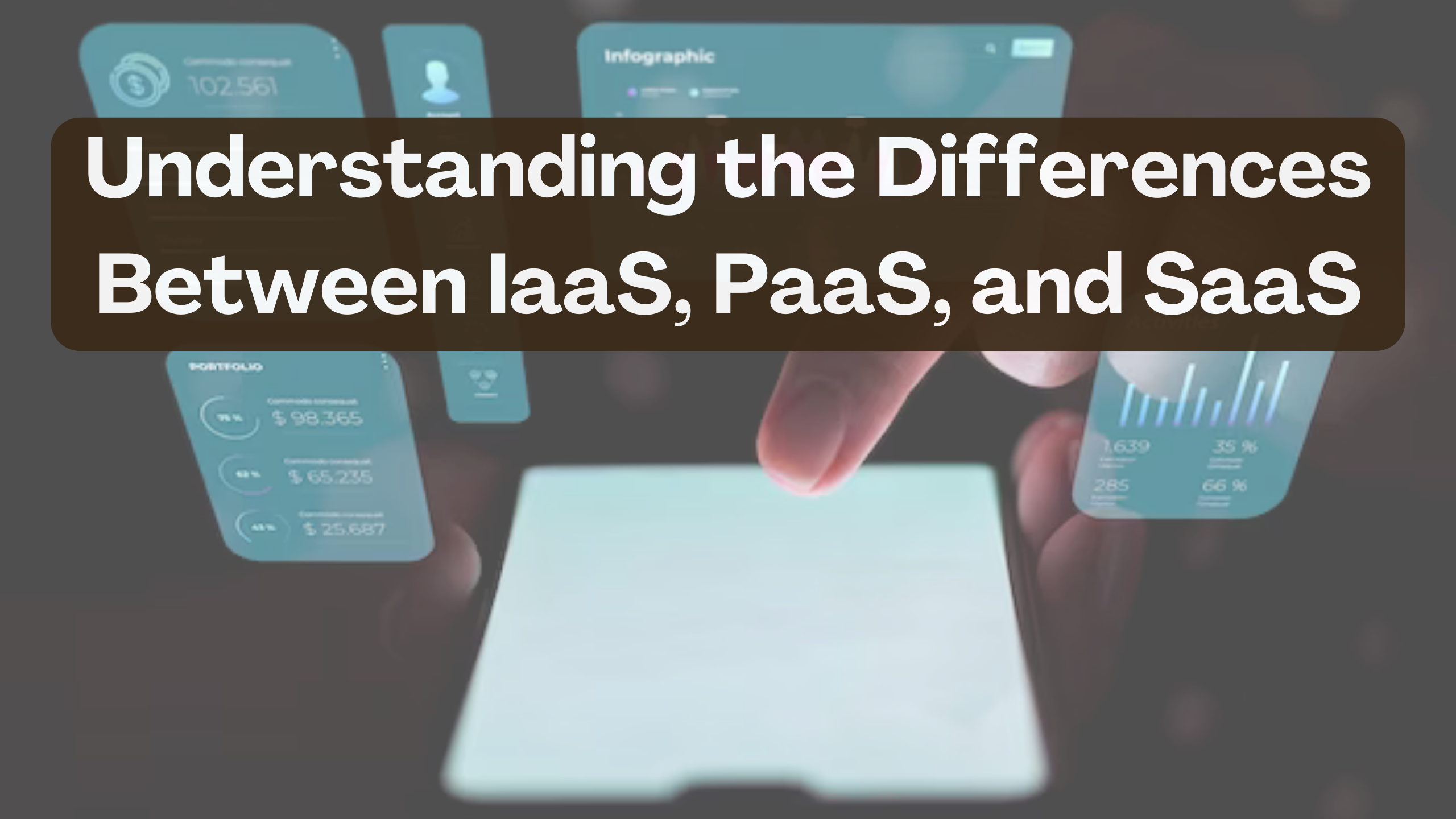Understanding the Differences Between IaaS, PaaS, and SaaS
-


Understanding the Differences Between IaaS, PaaS, and SaaS: Navigating the Cloud Service Spectrum
In the ever-expanding realm of cloud computing, the distinctions between Infrastructure as a Service (IaaS), Platform as a Service (PaaS), and Software as a Service (SaaS) are pivotal for businesses aiming to harness the full potential of cloud technologies. This comprehensive guide dives into the nuances of each service model, providing clarity on their unique features and applications. Additionally, we’ll explore a carefully curated selection of 8 (randomly chosen) relevant SaaS products, shedding light on the diverse offerings within the cloud computing landscape.
IaaS: Laying the Foundation for Scalable Infrastructure
Infrastructure as a Service (IaaS) serves as the backbone of cloud computing, offering virtualized computing resources over the internet. This model allows businesses to scale their infrastructure without the need for physical hardware. Key players in the IaaS landscape include:
- Amazon Web Services (AWS) – Renowned for its extensive suite of cloud services.
- Microsoft Azure – Providing a comprehensive set of IaaS offerings.
- Google Cloud Platform (GCP) – Delivering scalable and flexible cloud infrastructure.
These platforms empower businesses to build, manage, and scale their IT infrastructure dynamically.
PaaS: Accelerating Development and Deployment
Platform as a Service (PaaS) takes the abstraction a step further, providing a platform that streamlines the entire application development lifecycle. PaaS solutions offer tools, libraries, and services that simplify the development process. Notable PaaS providers include:
- Heroku – A cloud platform that enables developers to build, deploy, and scale applications.
- Red Hat OpenShift – An open-source container platform for automating the deployment, scaling, and management of applications.
- IBM Cloud Foundry – An open-source, multi-cloud application platform as a service.
PaaS enhances development efficiency by abstracting infrastructure management, allowing teams to focus on code creation.
SaaS: Embracing Ready-Made Solutions for Enhanced Productivity
Software as a Service (SaaS) brings ready-made software applications to users over the internet, eliminating the need for complex installations or maintenance. Users can access these applications through a web browser. Prominent SaaS offerings include:
- Salesforce – A leading CRM platform offering a range of business applications.
- Microsoft 365 – A comprehensive suite of productivity tools, including Word, Excel, and Teams.
SaaS solutions enhance productivity by providing seamless access to applications without the hassle of traditional software installations.
Conclusion: Navigating Cloud Diversity for Business Success
In conclusion, the intricate interplay between IaaS, PaaS, and SaaS allows businesses to tailor their cloud strategies to specific needs. Understanding these cloud service models is integral to making informed decisions and optimizing resource allocation.
Empowering Your Cloud Journey with Subscribed.FYI
For seamless management and comparison of your SaaS subscriptions, explore Subscribed.FYI. Sign up for free to unlock exclusive member-only deals, gaining insights into over 100 SaaS tools. With Subscribed.FYI Deals, discover savings opportunities aligned with your specific business needs, bridging the gap between your cloud exploration and practical, cost-effective solutions.
Relevant SaaS Products and Official Website Links
- Amazon Web Services (AWS)
- Microsoft Azure
- Google Cloud Platform (GCP)
- Heroku
- Red Hat OpenShift
- IBM Cloud Foundry
- Salesforce
- Microsoft 365
- Subscribed.FYI
- Subscribed.FYI Deals





